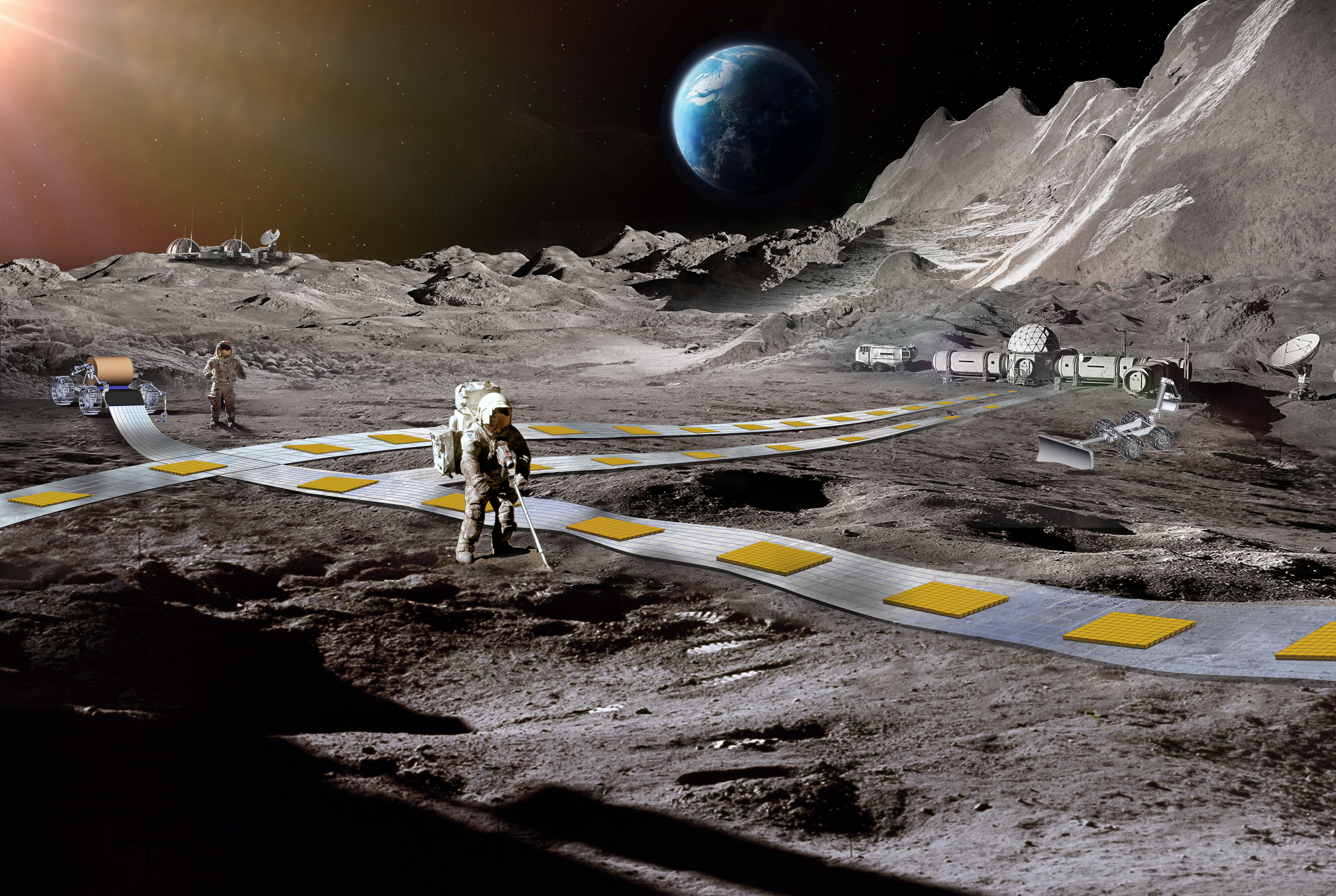The lunar train seems out of reach and beyond expectation, but it could actually appear in the 2030s.
The project, called FLOAT ("Flexible Levitation on a Track"), has moved on to the second phase of the Innovative Advanced Concepts (NIAC) program, which aims to take ideas from the field of science fiction to the reality of future space exploration.
According to NASA's initial project, FLOAT will have magnetic robots that will levitate on a three-layer track to reduce dust abrasion on the lunar surface.
"We want to build the first lunar rail system, which will provide reliable, autonomous and efficient transportation of payloads on the Moon," explains project leader Ethan Schaler, a robotics engineer, in a NASA press release.

The cars will be mounted on these robots and will travel at around 1.60 kilometers per hour. They will also be able to transport around 100 tons of material a day to and from NASA's future lunar base.
"A durable robotic transportation system will be essential for the daily operations of a sustainable lunar base in the 2030s," says Schaler.
The advantage of using this type of rail system is that it runs directly on the lunar regolith, unlike conventional methods that require major construction on site.
What's more, it can also be rolled up and then placed in a different location for different configurations and to adapt to a constantly changing lunar base layout.
NASA plans to send astronauts back to the Moon as early as 2026, as part of the Artemis mission, and aims to create a permanent lunar base to aid future space exploration.





